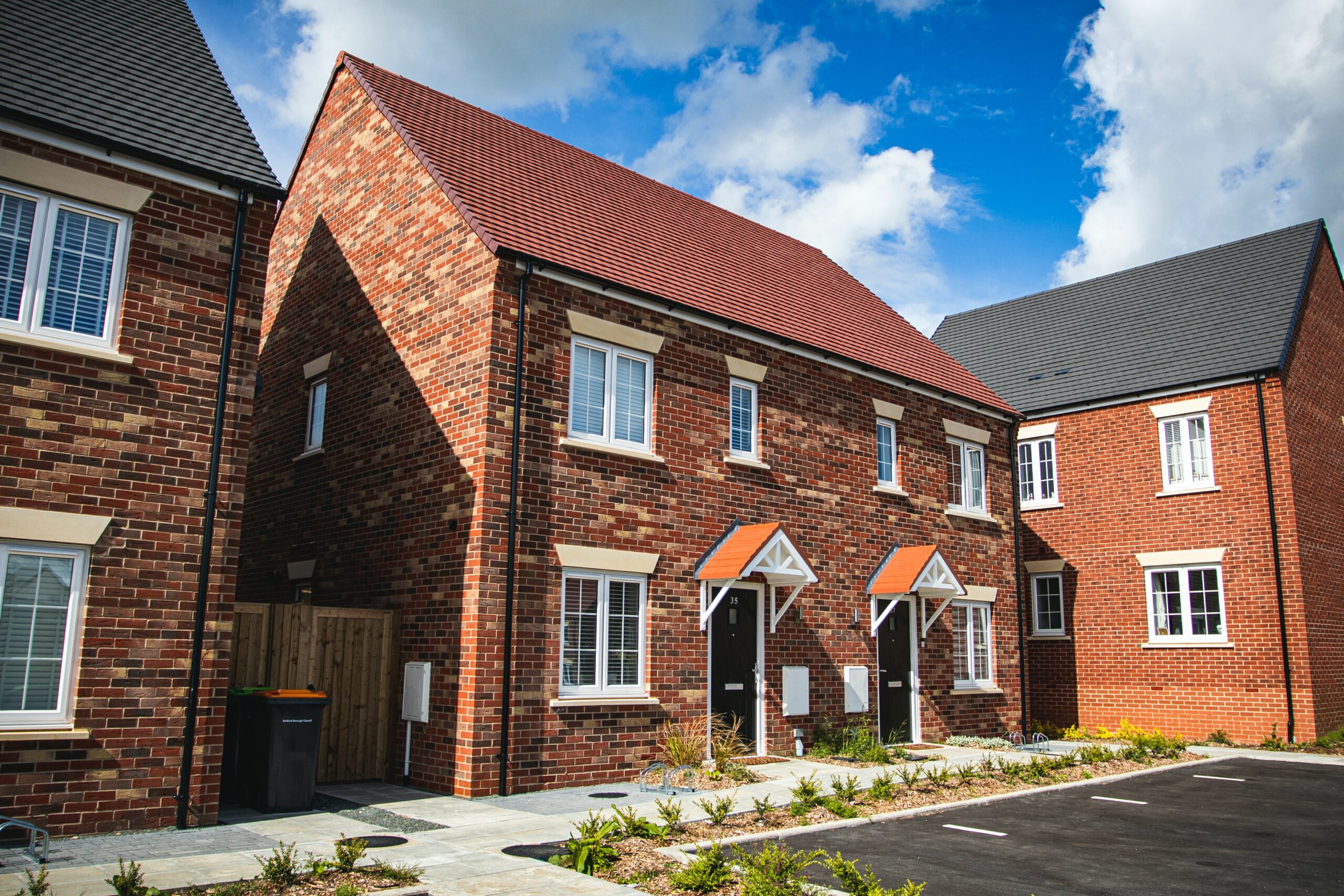Introduction:
The world of architecture is continually evolving, and the design of single-family homes is no exception. In recent years, a wave of innovation has swept through the field, redefining the aesthetic and functionality of residential spaces. This article explores the cutting-edge trends and modern designs that characterize the forefront of innovation in single-family home architecture.
1. **Sustainable Living Spaces:**
In response to environmental concerns, sustainable architecture has become a driving force in modern home design. Single-family homes are increasingly incorporating eco-friendly features such as solar panels, rainwater harvesting systems, and energy-efficient appliances. Architects are embracing sustainable materials and design principles, creating residences that not only reduce their ecological footprint but also provide a healthier living environment for occupants.
2. **Open-Concept and Flexibility:**
Modern single-family homes are embracing open-concept layouts, eliminating unnecessary walls to create fluid, adaptable spaces. This design trend fosters a sense of connectivity and allows for flexible usage of rooms. The integration of movable partitions, sliding doors, and convertible furniture enables homeowners to customize their living spaces according to their evolving needs.
3. **Integration of Smart Home Technology:**
The era of smart homes has ushered in a new dimension of convenience and efficiency. Modern single-family homes are equipped with integrated smart technologies, allowing homeowners to control lighting, security, temperature, and entertainment systems with ease. These advancements enhance the overall functionality of the home while providing a seamless and interconnected living experience.
4. **Emphasis on Natural Light and Ventilation:**
Architects are increasingly prioritizing natural light and ventilation in the design of single-family homes. Large windows, skylights, and strategically placed openings allow for abundant daylight, creating bright and airy interiors. This not only contributes to the aesthetic appeal of the home but also promotes energy efficiency and a connection with the surrounding environment.
5. **Innovative Use of Materials:**
Modern architecture is pushing the boundaries of material use, introducing innovative and sustainable options. From recycled and repurposed materials to cutting-edge composites, architects are exploring new possibilities in construction. These materials not only contribute to the visual appeal of the home but also address durability, energy efficiency, and environmental considerations.
6. **Biophilic Design and Outdoor Integration:**
The concept of biophilic design, which seeks to connect occupants with nature, is gaining prominence in single-family home architecture. Homes are designed to seamlessly integrate with outdoor spaces, incorporating features like green roofs, living walls, and courtyards. This design approach enhances well-being by fostering a connection with nature and creating harmonious living environments.
Conclusion:
Innovation in architecture has propelled single-family home design into an era marked by sustainability, flexibility, and technology integration. The marriage of functionality and aesthetics, coupled with a commitment to environmental consciousness, defines the modern trends shaping residential architecture. As architects continue to push boundaries and explore new possibilities, the future of single-family home design promises to be an exciting landscape of innovation, reflecting the evolving needs and aspirations of homeowners.

